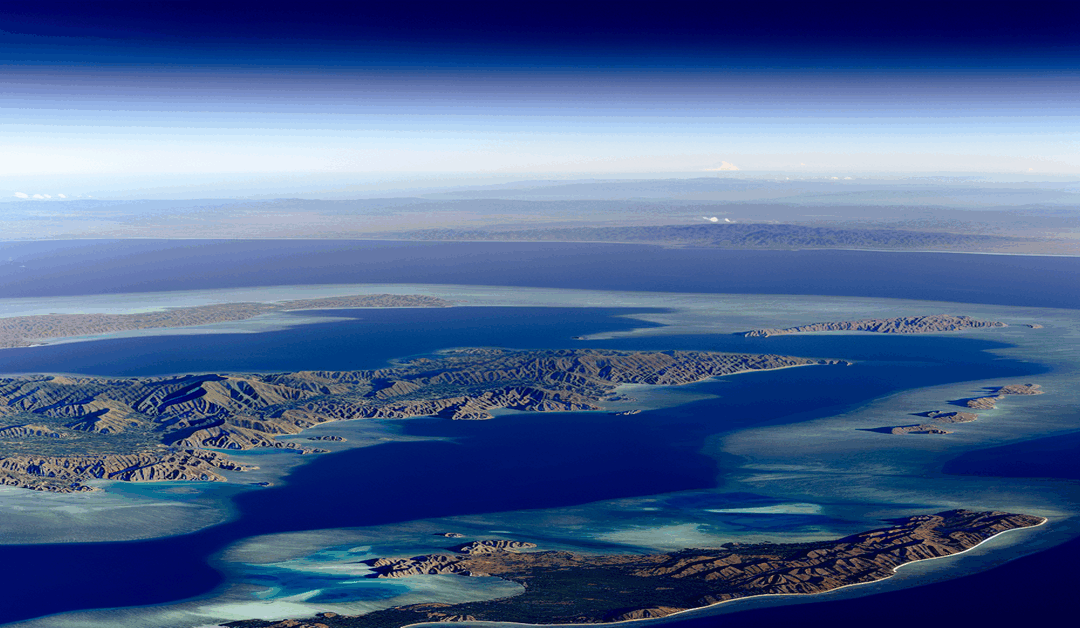Google Maps Sparks Controversy with “West Philippine Sea” Label Update
In a recent development that has sent shockwaves through the geopolitical landscape, Google Maps has updated its labeling of a portion of the South China Sea to include the term “West Philippine Sea.” This change, which aligns with the terminology used by the Philippines but is vehemently rejected by China, has ignited a fresh round of tensions in the already contentious maritime dispute.
The update, which was previously only visible through specific searches, is now fully integrated and prominently displayed west of the Philippine archipelago, alongside the traditional “South China Sea” label to the northwest. This move has been met with a mix of praise and condemnation from various stakeholders in the region.
A Symbolic Victory for the Philippines
Filipino officials, including lawmakers and the military, have welcomed the change, viewing it as a powerful affirmation of the Philippines’ sovereign rights in the disputed waters. The update is seen as a symbolic victory against China’s expansive claims in the region, which have long been a source of tension and conflict.
The Google Maps update aligns with the Philippine Maritime Act of 2024, which asserts control over key areas such as the Kalayaan Island Group and Scarborough Shoal. These regions are vital for the country’s food security, maritime defense, and energy resources, making the recognition of Philippine sovereignty all the more significant[1].
China’s Strong Opposition
On the other hand, China, which claims most of the South China Sea and rejects the 2016 international tribunal ruling invalidating its claims, has strongly opposed Google’s update. The Chinese government continues to assert its sovereignty over the contested waters, viewing the label change as a direct challenge to its territorial integrity.
The geopolitical tension between Manila and Beijing over the South China Sea dispute has been a long-standing issue, with both sides engaging in a complex dance of diplomacy, military posturing, and legal maneuvers[2]. The Google Maps update has only served to further complicate an already delicate situation.
Growing Global Recognition?
The Philippine government, led by President Ferdinand Marcos Jr., sees the Google Maps change as a valuable digital endorsement of international law supporting Philippine sovereignty. The update has been praised by Manila as a sign of growing global recognition of its maritime claims[3].
However, some experts express skepticism about the extent of international support for the Philippines’ position. While the Google Maps update is certainly a notable development, it remains to be seen whether it will translate into tangible political or diplomatic gains for the Philippines in the ongoing dispute[4].
Implications for the Industry
The South China Sea dispute has far-reaching implications for various industries, including shipping, energy, and fisheries. The region is a crucial trade route, with an estimated one-third of global shipping passing through its waters[5]. Any escalation of tensions or changes in the geopolitical balance could have significant consequences for businesses operating in the area.
Companies with interests in the South China Sea will need to closely monitor developments and assess the potential risks and opportunities arising from the evolving situation. The Google Maps update may be a relatively small change in the grand scheme of things, but it is a reminder of the complex and ever-shifting nature of the dispute.
Engaging the Audience
As industry professionals, it is essential to stay informed about these developments and engage in meaningful discussions about their potential impact. We encourage readers to share their thoughts, experiences, and insights in the comments section below.
– What do you think about Google’s decision to include the “West Philippine Sea” label?
– How might this update affect your industry or business?
– What steps can companies take to navigate the complex geopolitical landscape of the South China Sea?
By fostering open and constructive dialogue, we can collectively work towards a deeper understanding of the issues at play and explore strategies for mitigating risks and seizing opportunities in this dynamic region.
#SouthChinaSea #WestPhilippineSea #GoogleMaps #MaritimeDispute #Geopolitics
-> Original article and inspiration provided by Taejun Kang for RFA
-> Connect with one of our AI Strategists today at ReviewAgent.ai

